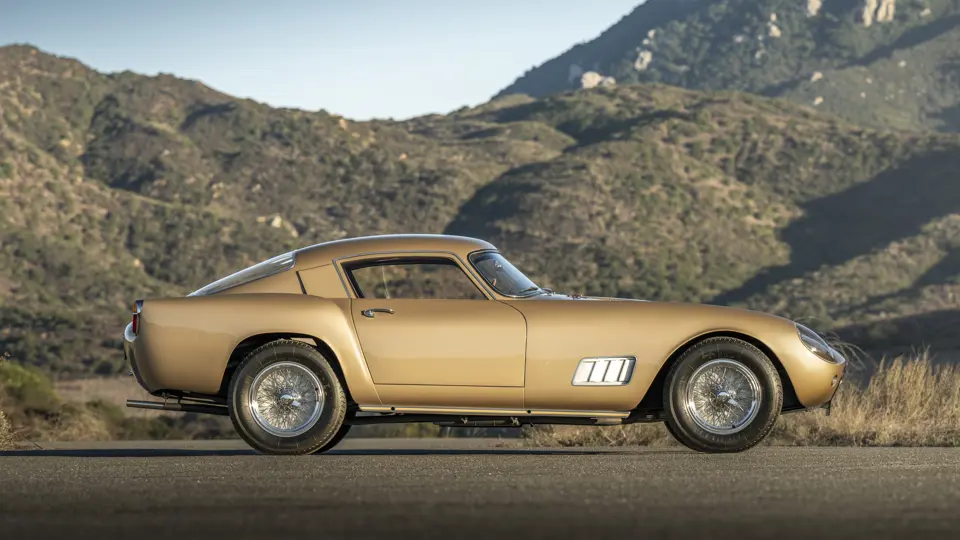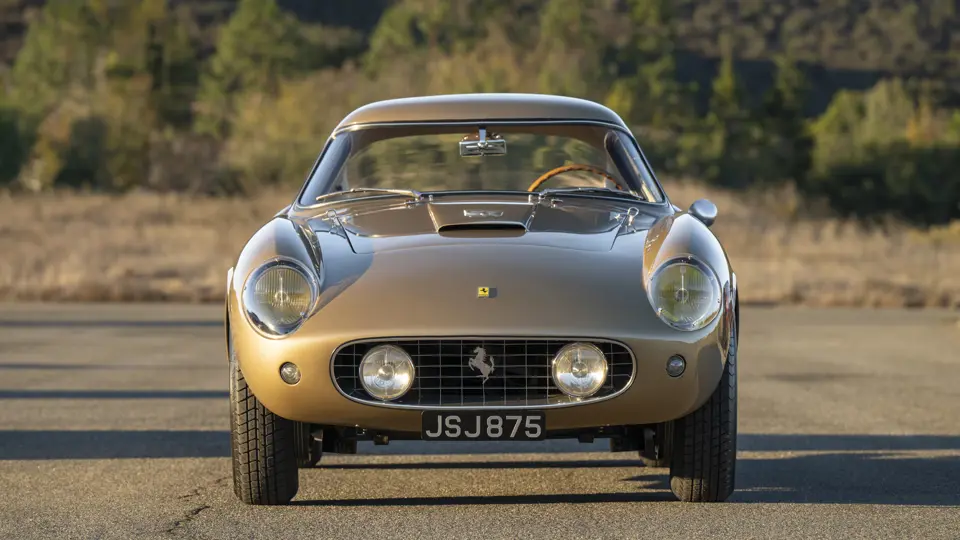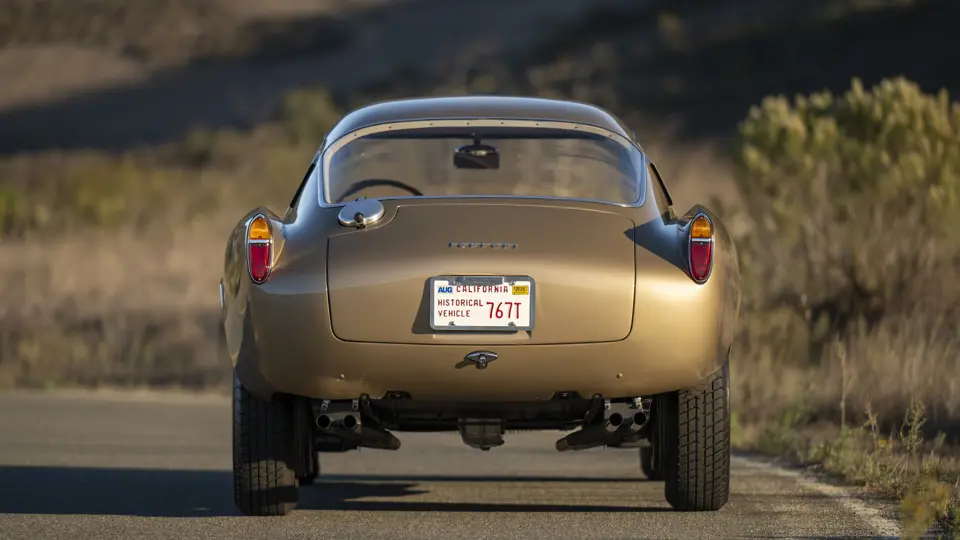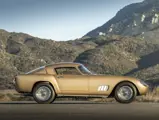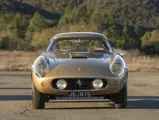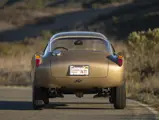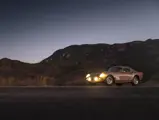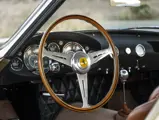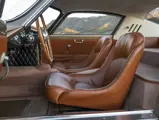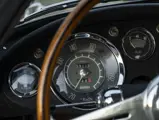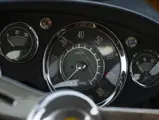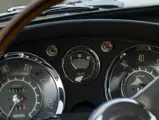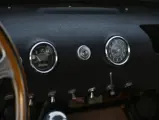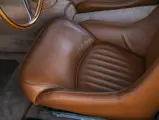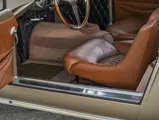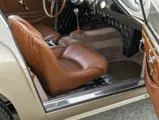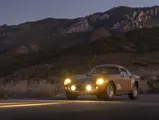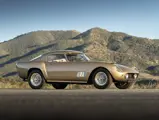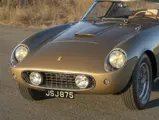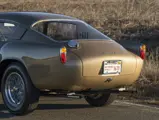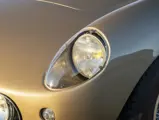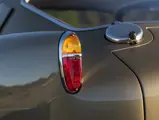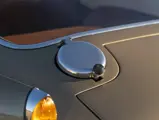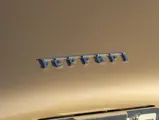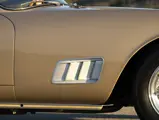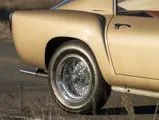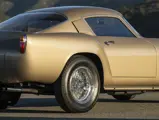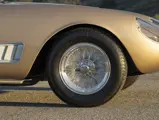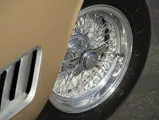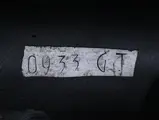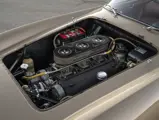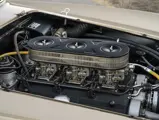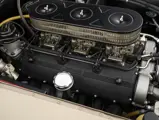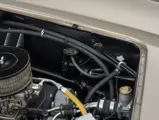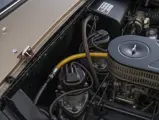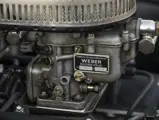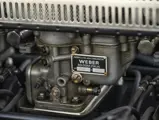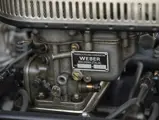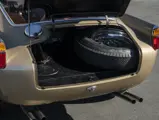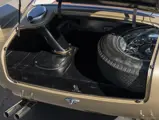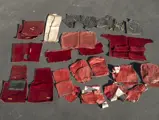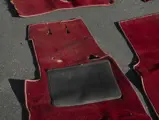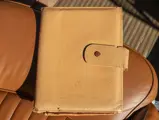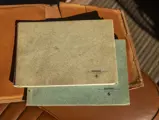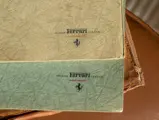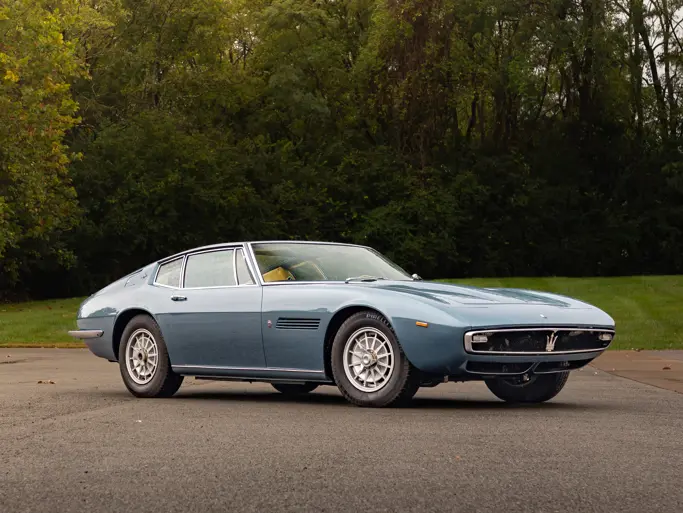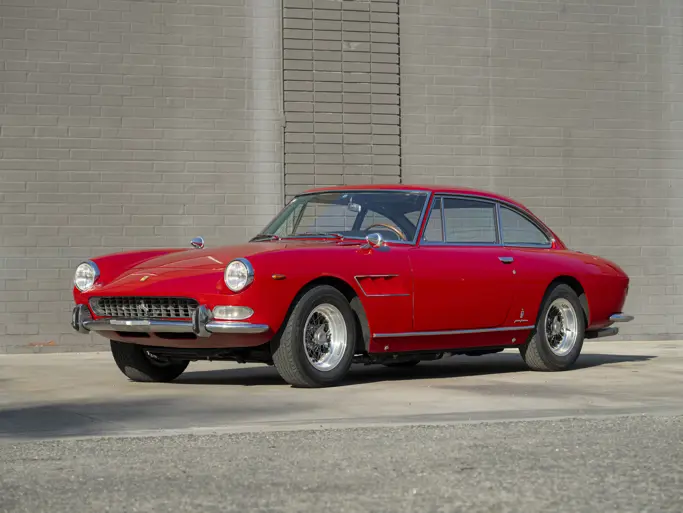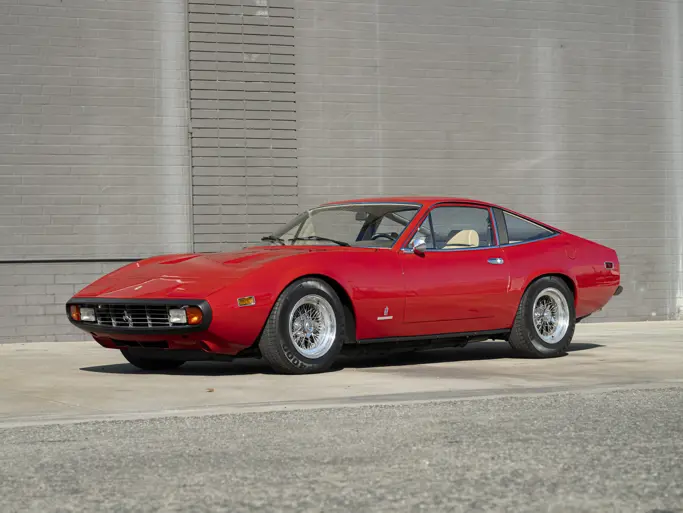
1958 Ferrari 250 GT LWB Berlinetta 'Tour de France' by Scaglietti
{{lr.item.text}}
$3,772,500 USD | Sold
From The PCH Collection
{{bidding.lot.reserveStatusFormatted}}
- Driven in the first round of the 1960 World Sportscar Championship at the 1000 KM Buenos Aires, where it finished 3rd in class and 11th overall
- Delivered new in the stunning one-off color combination of Oro Chiaro over Bordeaux leather
- One of only 28 attractive single-louver, covered-headlight examples; built for two-time Italian National Road Racing Champion Casimiro Toselli
- Successful hillclimb history in 1958, including victory at the Aosta-Pila Hillclimb with Toselli
- Wonderfully preserved example with original Bordeaux leather upholstery available to be reinstalled
- A coveted part of several of the most distinguished Ferrari collections, including Pierre Bardinon’s Mas du Clos, Comte Frederic Chandon de Briailles, Michel Seydoux, and nearly 20 years with the consignor
- Highly eligible rally and concours example, having taken part in the California Mille, Colorado Grand, and Tour Auto
Ferrari’s 250 GT LWB “Tour de France” racing berlinetta is a hallmark of the brand’s heritage, renowned for its outstanding design and competitive dominance. Developed in 1956 from the 250 GT road car, it featured a refined 3.0-liter V-12 engine with triple Weber carburetors and stunning Scaglietti coachwork crafted from lightweight aluminum. Combined with Perspex glass and a stripped-down cockpit, the TdF achieved an exceptional power-to-weight ratio, challenging rivals like the Jaguar XK and Mercedes-Benz 300 SL.
The debut of Ferrari’s new 250 GT LWB Berlinetta was remarkable, with works driver Olivier Gendebien and navigator Jacques Washer winning their class at the Giro di Sicilia in April 1956. Later that year, Marquis Alfonso de Portago claimed overall victory in the grueling 3,600-mile Tour de France endurance rally. Enzo Ferrari was so thrilled with the car’s performance that the factory named the new model after this race with the 250 GT LWB Berlinetta referred to as “Tour de France” or simply TdF. The moniker was further validated as Gendebien matched de Portago’s victory by winning the storied French race in 1957 and 1958 with later TdF examples, giving the model three victories in this highly important race—a feat not even the great 250 GTO was able to accomplish.
From 1958 to 1959, Scaglietti further streamlined the TdF, reducing the bodywork to a single louver in the sail panels. Only 36 examples were built in this configuration, with 28 of those originally built in the highly desirable covered-headlight setup. However, due to road regulations introduced in parts of Europe around this time, a number of these covered-headlight examples were converted to open headlights, and then in some cases back to covered headlights later on. These final-edition TdF examples also introduced key mechanical upgrades like a new gearbox, a revamped intake manifold, and several engine enhancements.
Built for racing, it is no surprise that many of the 77 TdF examples suffered damage during their competition careers, making the search for the finest surviving TdF cars a challenging pursuit.
This 1958 Ferrari 250 GT LWB Berlinetta TdF is among the finest and most illustrious examples of this rare and coveted model. A combination of attributes places it very high on an extremely short list of TdFs, having been built in the most beautiful configuration—with covered headlamps and single louvers—and raced successfully, without incident, by not one, but two, championship-caliber drivers.
Chassis 0933 GT is one of the very few to have escaped entirely unharmed from its storied, laurel-crowned competition career. Without a single significant shunt or battle scar to mar its beautiful alloy coachwork, 0933 GT’s remarkable preservation is the result of decades spent in esteemed Ferrari collections, which shielded it from additional years of intense racing across Europe.
TWO CHAMPIONS IN TWO YEARS
On 17 June 1958, chassis 0933 GT was sold new to two-time Italian National Road Racing Champion Casimiro “Miro” Toselli of Turin, a wealthy gentleman-driver more skilled than most Ferrari customers. Chassis 0933 GT is recorded as one of three TdF examples he drove in competition from 1957 through 1960.
A photo supplied by Ferrari historian Marcel Massini shows Toselli taking delivery of 0933 GT at the factory, finished in its original color combination of Oro Chiaro over Rosso Bordeaux leather upholstery. The only TdF produced in this color scheme, it was also equipped with covered headlamps, Borrani wire wheels, and in pure racing trim, without bumperettes or side-view mirrors. Just prior to taking delivery, Toselli asked for a single, white racing stripe to be painted on.
Debuting 0933 GT on 14 September 1958 at the tight and technical Rocco Cocconato hillclimb in Asti, a region of Piedmont, Italy, Toselli scored 5th overall against a tight field of similar Ferraris. Still growing accustomed to the car, he finished 7th overall at the Pontedecimo hillclimb on 28 September and dropped out of the famous Trieste-Opicina hillclimb on 5 October, but by 10 October had finally become aligned with his machine when he stirred 0933 GT to its first victory at the rigorous Pila hillclimb in Aosta.
The next month, Toselli and 0933 GT traveled to the Venezuelan Grand Prix as a guest of Scuderia Manunina, an Argentinian-Italian racing program run by Marcello Giambertone, longtime manager of five-time Formula One World Champion Juan Manuel Fangio. This race was not a traditional grand prix, but rather a torturous 754-kilometer point-to-point road race run across poorly maintained dirt roads. Organizers had initially told the press and assembled drivers that “…a good time for the trip in a fast sports car is around 10 hours,” as quoted in Motor Sport magazine.
Like a golden bullet that grazed the raucous crowds along the route, Toselli finished the race in only five hours, which, rather amazingly, was good enough for 4th place among a coterie of 250 TdF variants headed by Ferrari factory driver Jean Behra.
Following this outstanding result, Toselli headed back to Italy alone, as he appears to have sold 0933 GT to Lino Fayen, the Ferrari agent in Caracas, Venezuela, who would go on to broker the car to Venezuelan Mauricio Marcotulli, yet another talented gentleman-driver who counted several TdFs, 250 GTs, and Testa Rossas among his preferred rides.
From January through October 1959, Marcotulli entered 0933 GT in at least six top-tier sports car road races as an entrant of the Automobile Club of Venezuela. Among a tight-knit group of Venezuela’s best amateur drivers, nearly all of whom drove competition Ferraris supplied by Fayen, Marcotulli’s lowest recorded result from the 1959 season was 2nd place. Chassis 0933 GT’s sole outright victory with its second champion-owner came on 16 August, when Marcotulli completed the 128-kilometer Gran Premio de Maracaibo in under 52 minutes.
Consistency is often more important than outright victory, and to this end Marcotulli finished as runner-up in four of six recorded races, including at the 480-kilometer Caracas-Cumana Premio de Oriente on 25 January, the grueling 1,660-kilometer Premio Ciudad de Cabimas on 7 June and the 481-kilometer Maracay-Cumana-Margarita race on 2 August. He most notably sealed that year’s road racing championship over Spanish driver Julio Pola with a 2nd place finish on 20 September at the Gran Premio de Ojeda. Thus, 0933 GT had served two champions in just 12 months.
Marcotulli registered 0933 GT in Venezuela as “ND0943,” and the car retained this plate following its sale to Ugo Tosa in late 1959. Tosa soon changed the registration to “ND0943” shortly into his ownership. For the 1960 season, Tosa and co-pilot Silvano Turco importantly entered the car in the first round of the 1960 World Sportscar Championship at the 1000 Kilometers of Buenos Aires. One of a select number of TdFs to successfully compete in World Championship competition, 0933 GT availed itself very well with the Venezuelan drivers, finishing 3rd in the GT class and 11th overall. Chassis 0933 GT competed in further endurance races between Argentina, Colombia, and Venezuela, and in his last recorded race at the Caracas-to-Bogota rally, Tosa famously shared driving duties with his wife Franca.
In early 1961, Lino Fayen purchased the car from Tosa and brought it back to France from Venezuela, likely intending to sell it to a European privateer. However, 0933 GT's promising competitive future was abruptly interrupted by a dispute between Fayen and the French tax authorities. Tax agents seized the car—still carrying its Venezuelan registration plates—in a parking lot at Paris Orly Airport.
HALLOWED HALLS AND RECENT LIFE
The seizure advertently saved 0933 GT from the possibility of another several seasons in competition and preserved its originality as the car remained in storage for five years, until offered at a customs auction in October 1966 where it was purchased by one Christian d’Epenoux. Renowned Ferrari collector Pierre Bardinon quickly pried chassis 0933 GT from his hands and refinished it in Rosso to fit the famous aesthetic of his private Mas du Clos Ferrari museum in Aubusson, France. From 1975 through 1977, Comte Frederic Chandon de Briailles of Moët et Chandon fame briefly enjoyed ownership of chassis 0933 GT, before Bardinon bought it back and retained it in his incredible collection for another six years.
Interceding owners of note from 1983 to the present include three-time Le Mans competitor Dominique Bardini, as well as André Binda and noted tifoso Michel Seydoux. From 1997 through 2001, 0933 GT was cosmetically refinished in its original Oro Chiaro and treated to a mechanical restoration by UK-based specialists Terry Hoyle Racing Engineers. In 2004, the car’s original Rosso Bordeaux leather upholstery was removed and preserved and Cognac leather hides were installed.
This TdF’s only setback during its racing career was the expiration of its original 3.0-liter engine block—quite a common occurrence for Ferrari competition cars—having likely developed issues during Marcotulli’s ownership. The engine block currently fitted to the car is an unstamped correct-type unit believed to be a period factory replacement installed in Caracas by Lino Fayen’s dealership staff. This replacement block is still fitted to the original timing case that is correctly stamped “0933 GT.” Additionally, Ferrari historian Jess Pouret notes in his book Ferrari 250 GT Competition Cars that 0933 GT was fitted with upgraded engine components by the factory sometime around 1960. An assessment on file from Ferrari guru Keith Bluemel corroborates the preservation of 0933 GT’s original alloy bodywork, as well as the original gearbox and rear axle units with internal numbers cited by Massini’s report, indicating that all of these important components are believed to be original.
Since entering the consignor’s finely curated collection in 2006, the car has been faithfully maintained by a private mechanic using parts supplied by leading specialists, including GTO Engineering. As a regular entrant in Ferrari Club events and tours such as the California Mille, and Colorado Grand, 0933 GT has enjoyed a routine regimen of exercise and maintenance.
Now offered for the first time in 18 years, 0933 GT is accompanied by copies of its Automobile Club d'Italia estratto, Massini and Keith Bluemel Reports, restoration invoices, historic imagery and correspondence, books, a tool kit, and original Rosso Bordeaux leather upholstery.
A car driven to glory by champions and further cherished by some of the marque’s most significant collectors, 0933 GT is a truly remarkable prize reflecting the most evocative tenets of Ferrari’s mythos. As the centerpiece of many Ferrari-focused collections, the Tour de France is undeniably one of the most captivating 250 GT iterations, occupying an important perch within the pantheon of Ferrari racing lineage. Highly celebrated by enthusiasts today, the 250 GT Tour de France epitomizes the finest in dual-use grand touring Ferraris, which could be driven to the circuit and vigorously raced before enjoying a relaxing trip home.




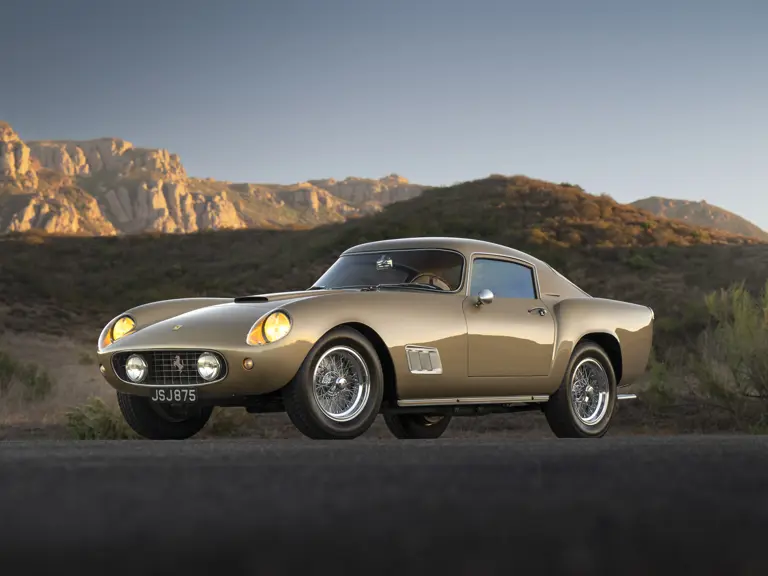
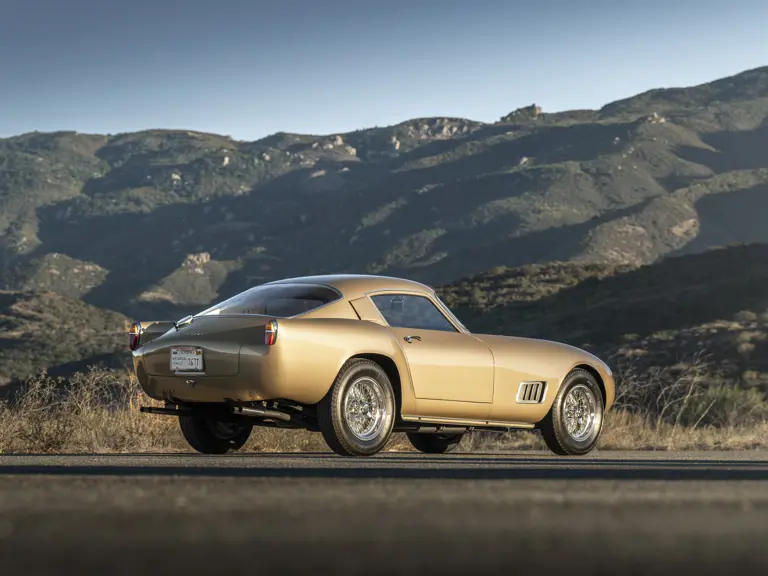
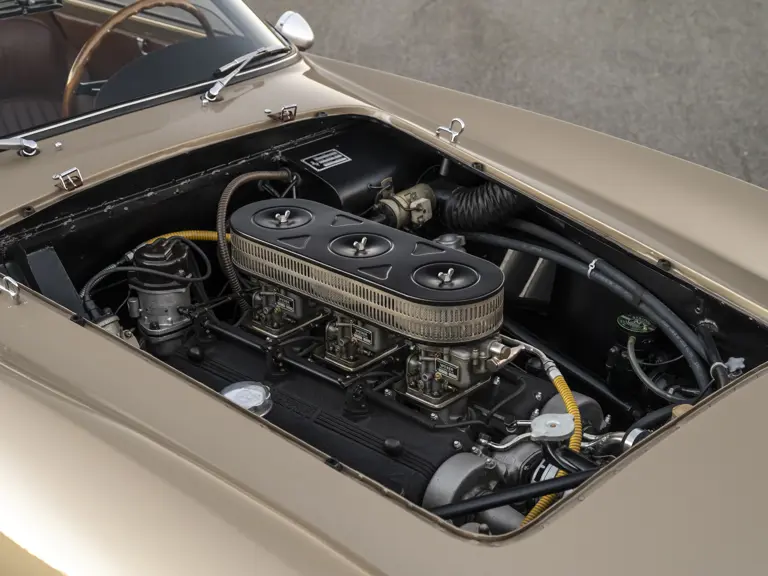


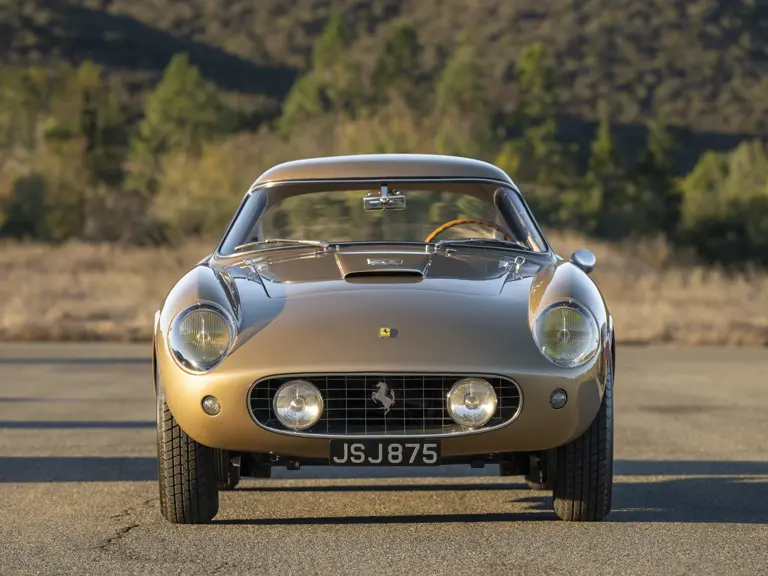

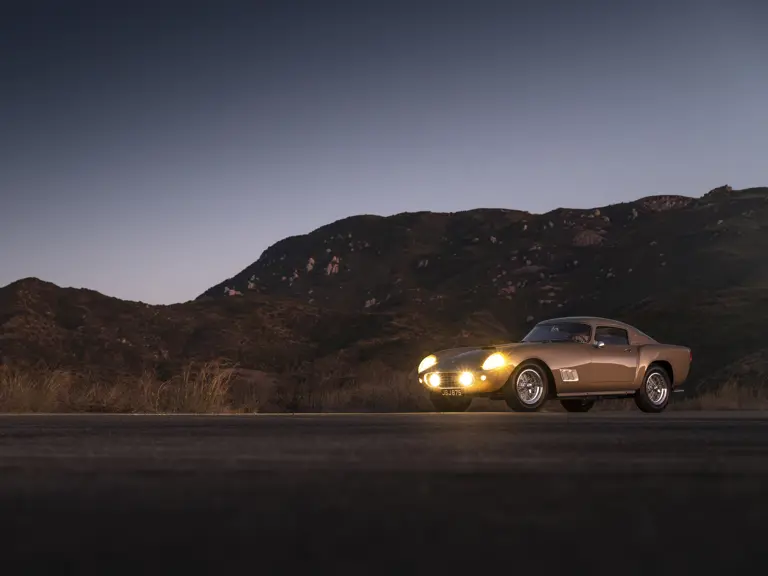
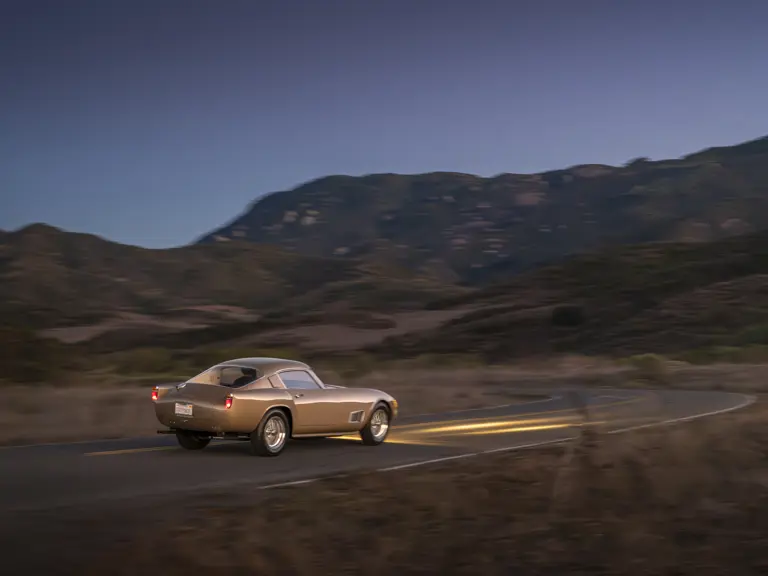
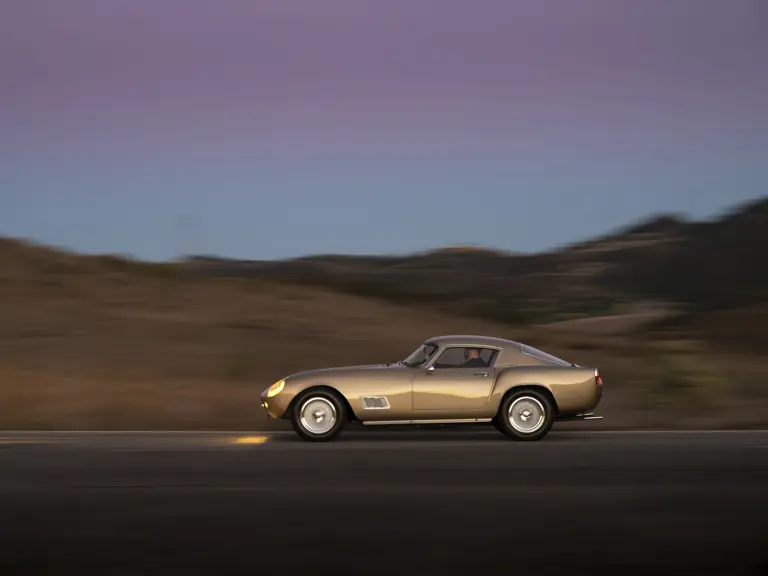
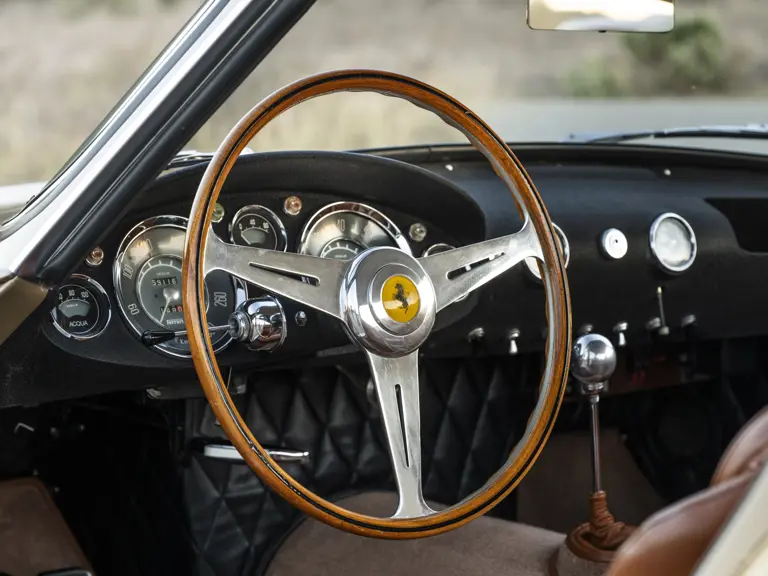
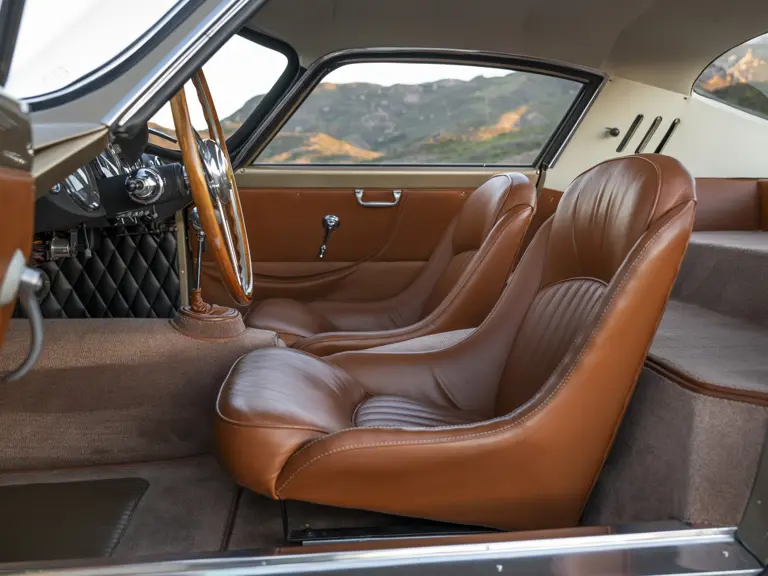
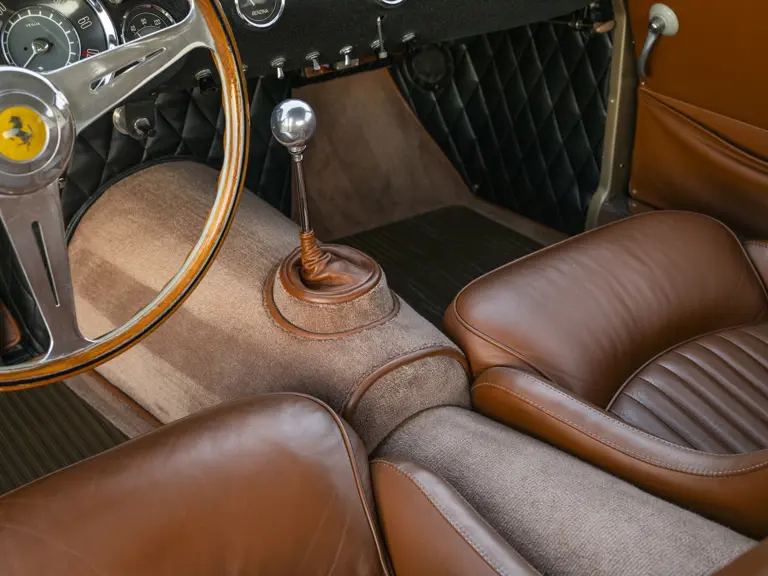
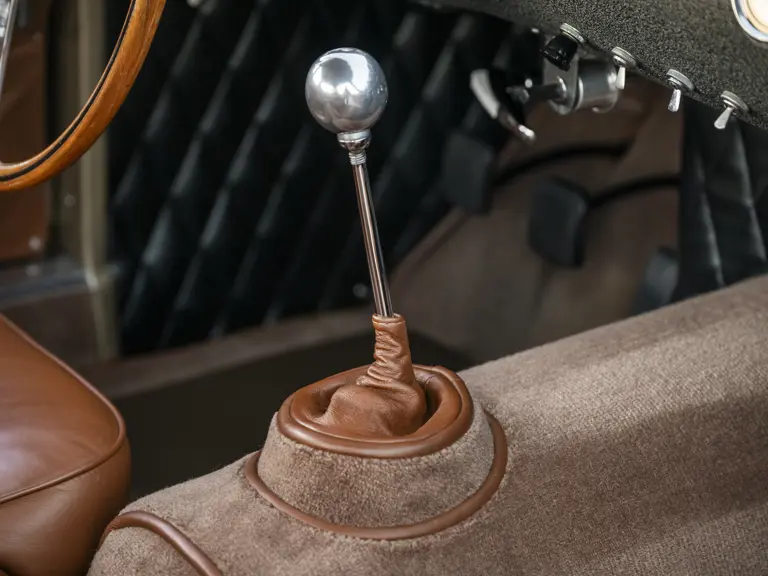
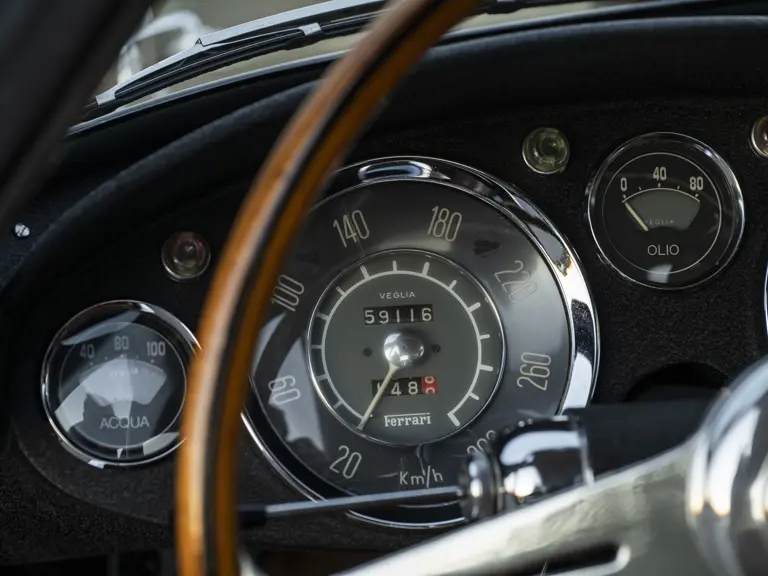
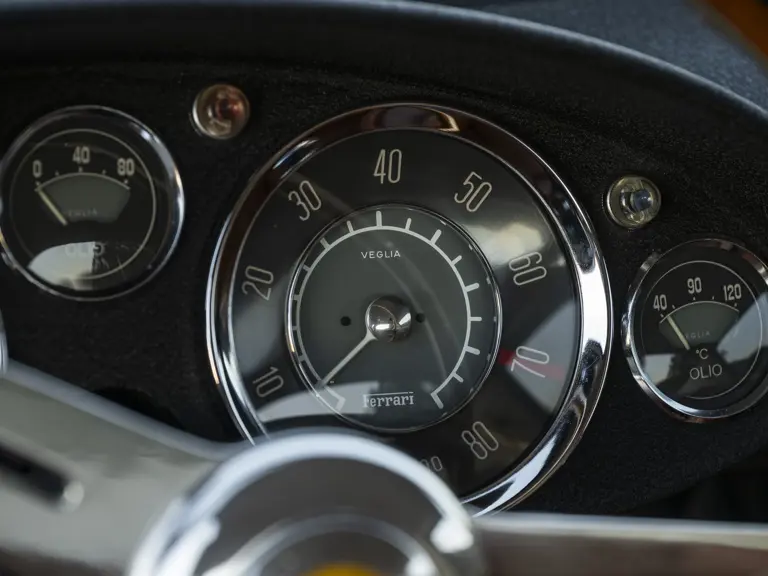
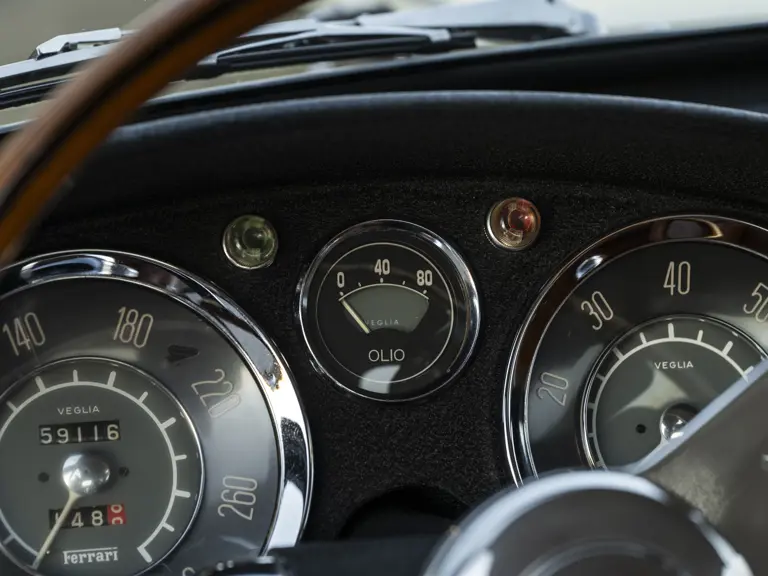

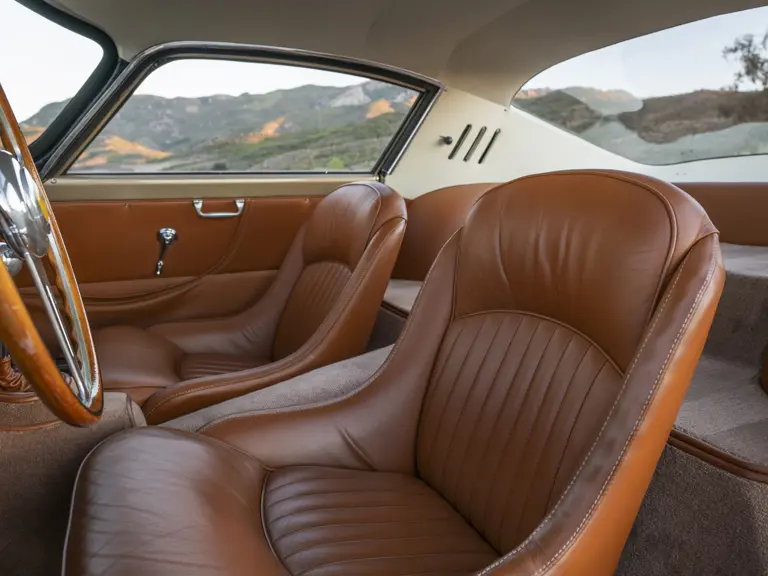
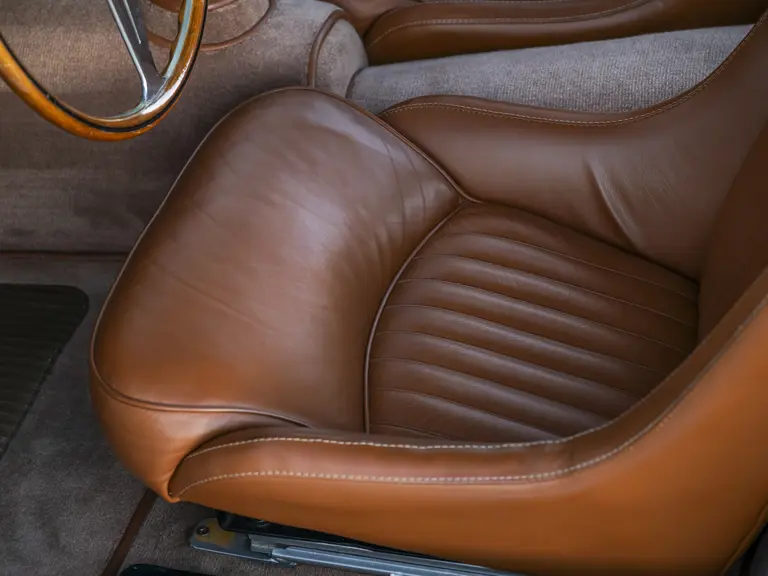
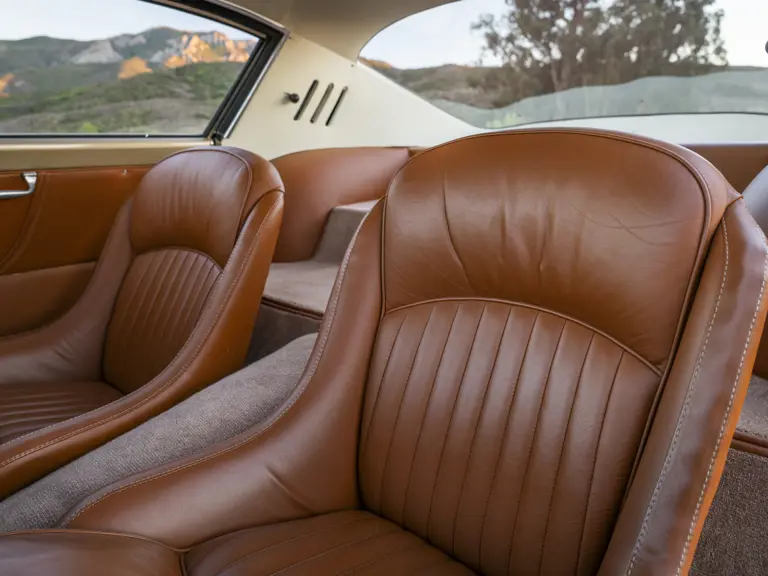

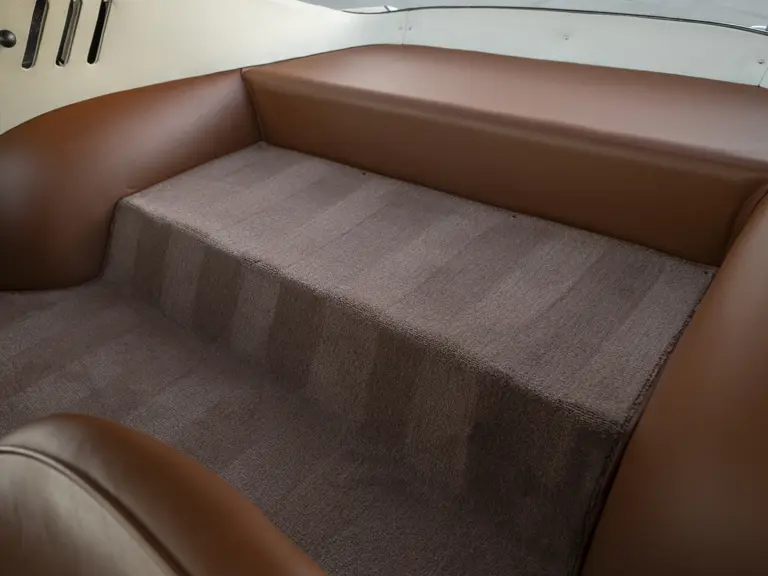
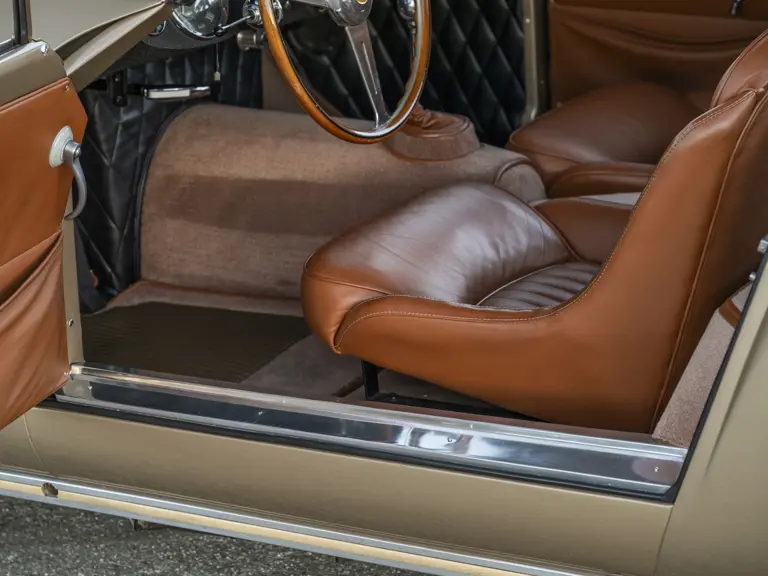
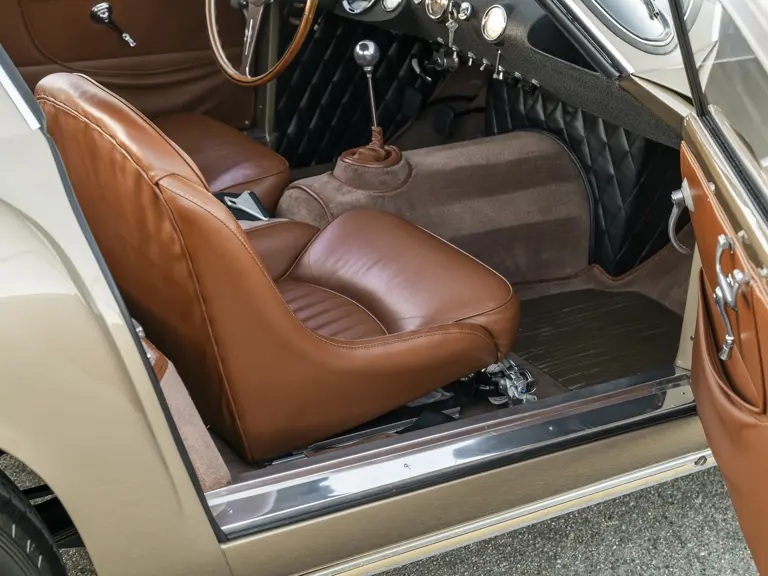
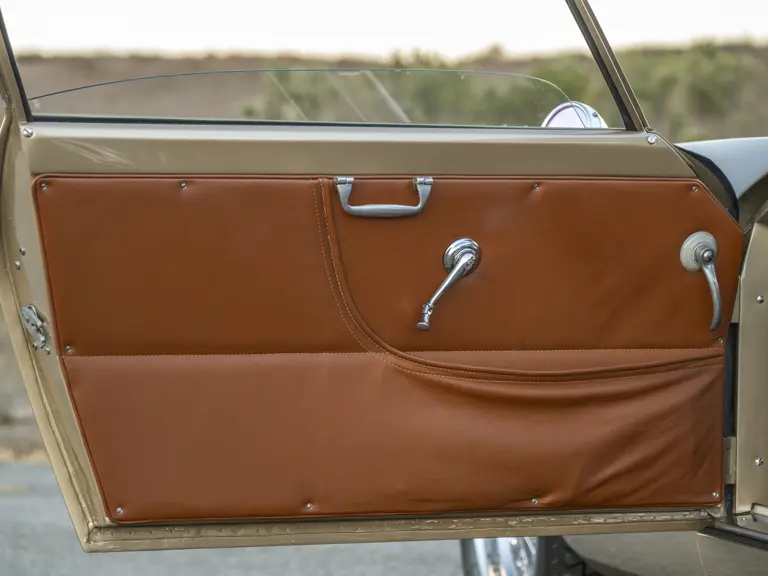
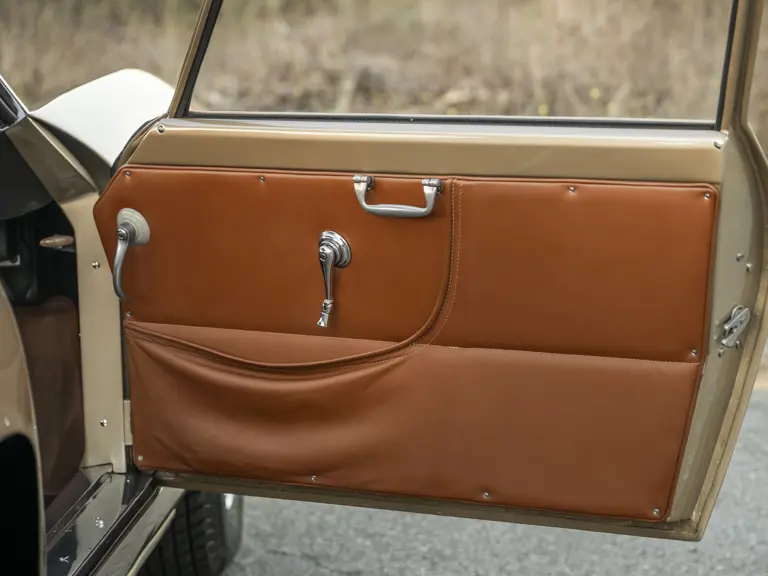
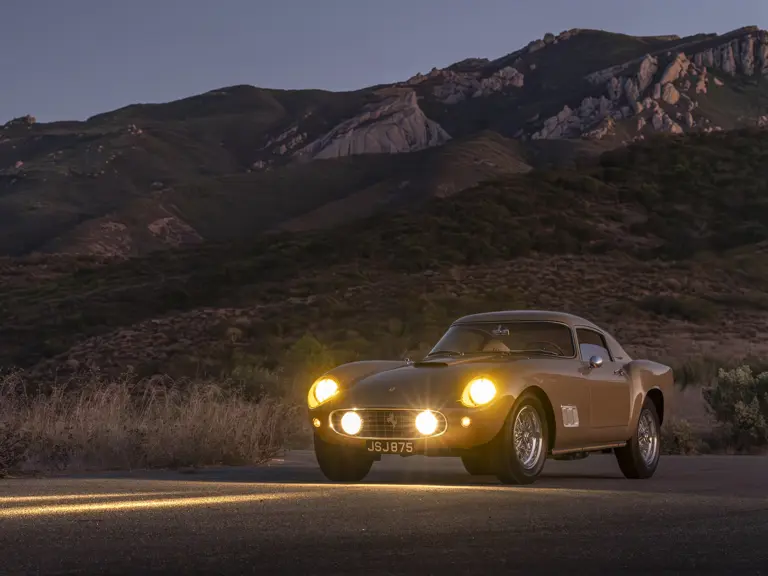
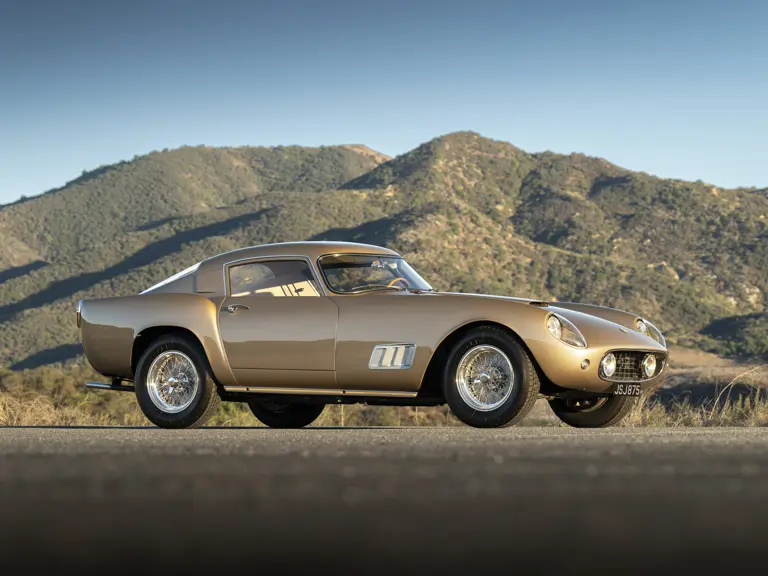
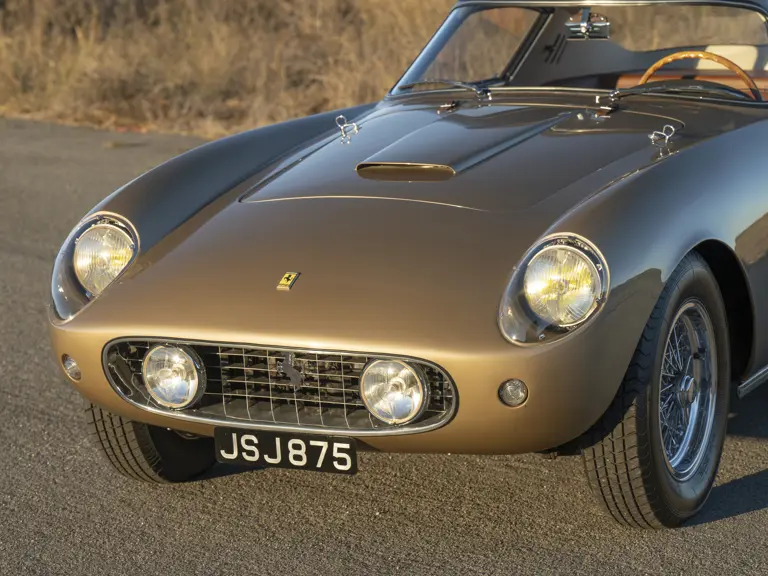
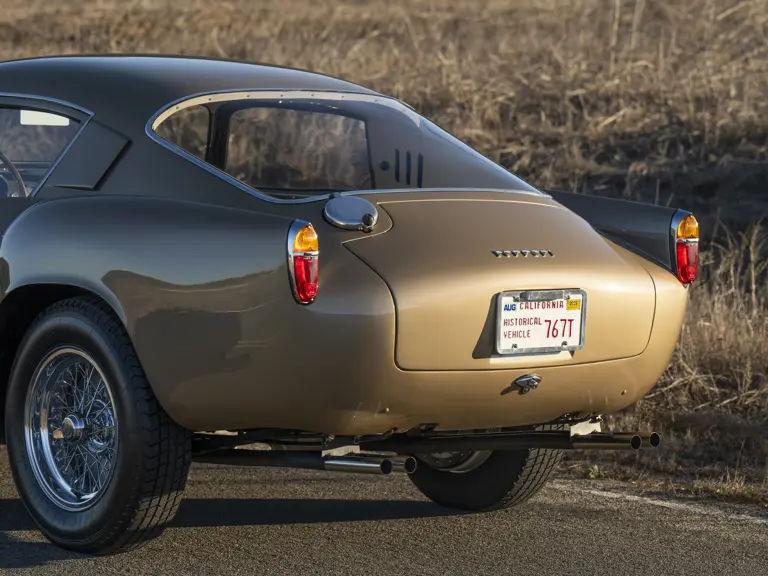

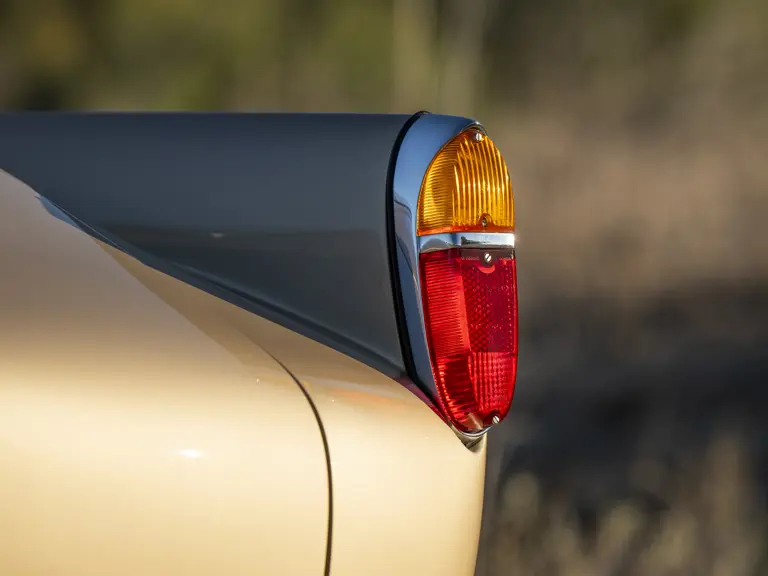

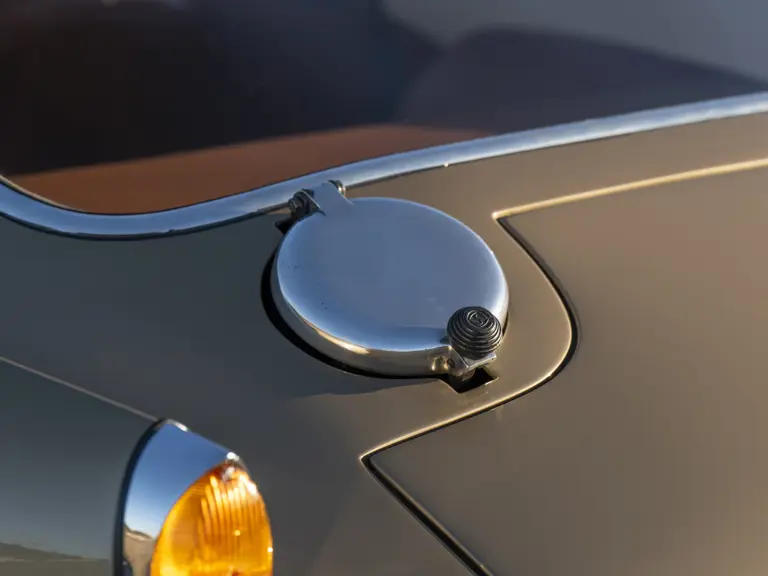
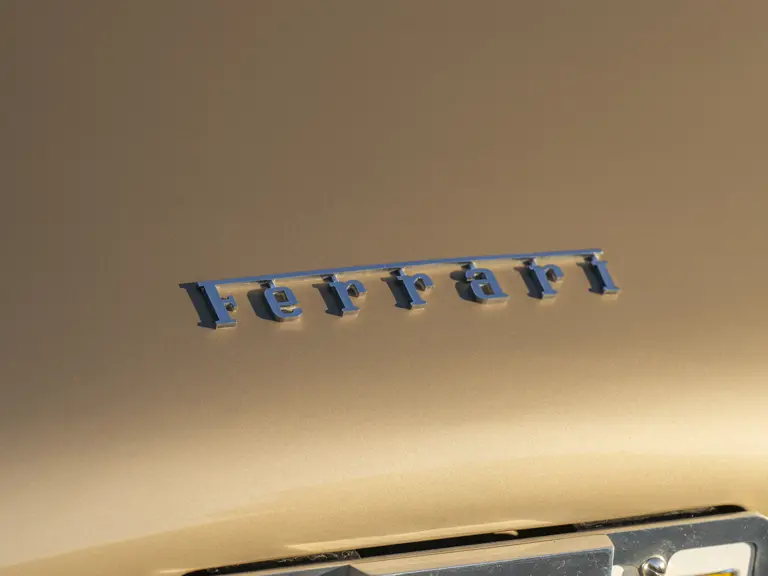
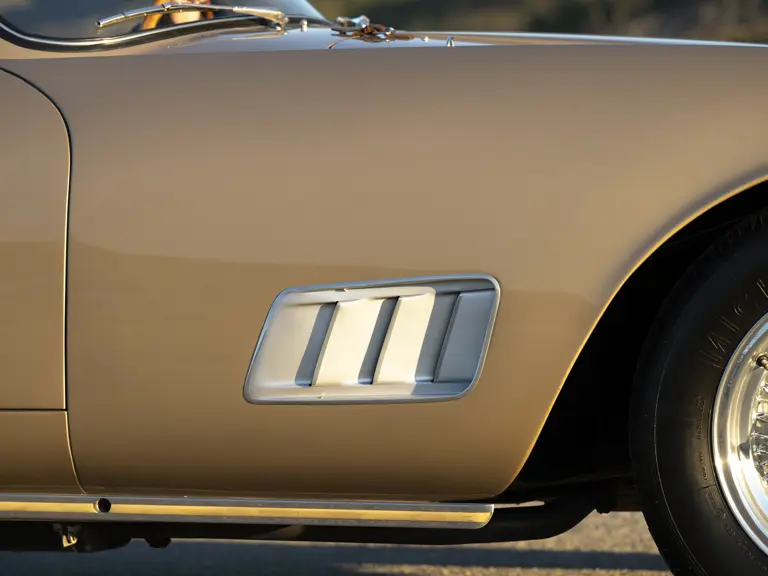
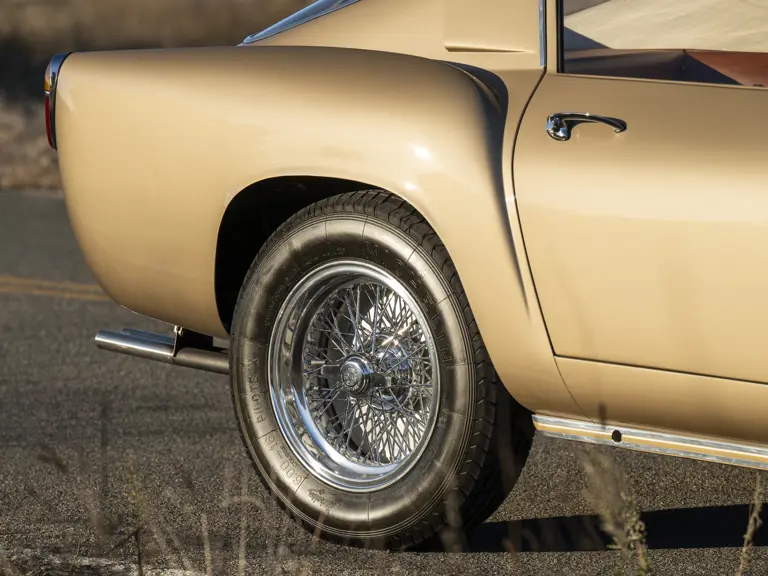
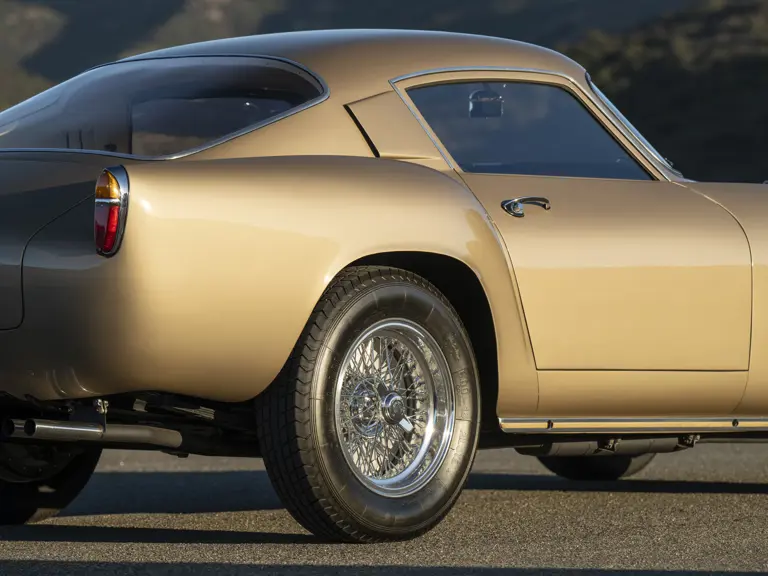
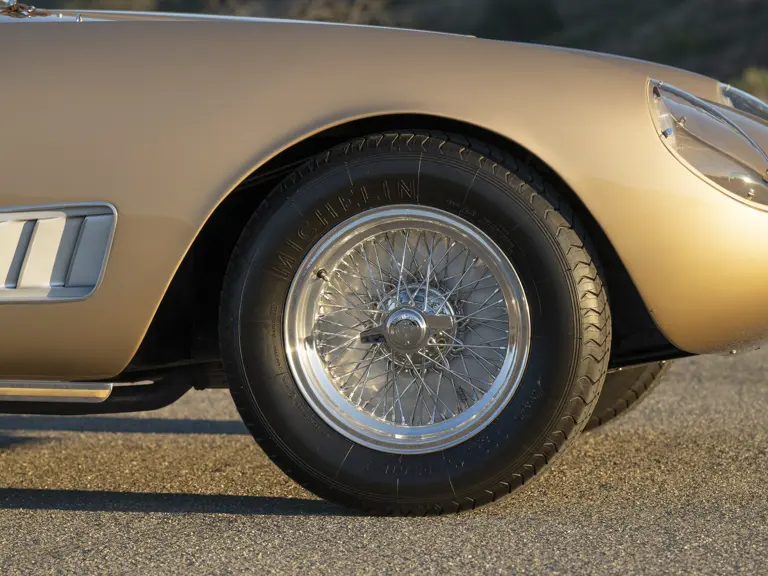
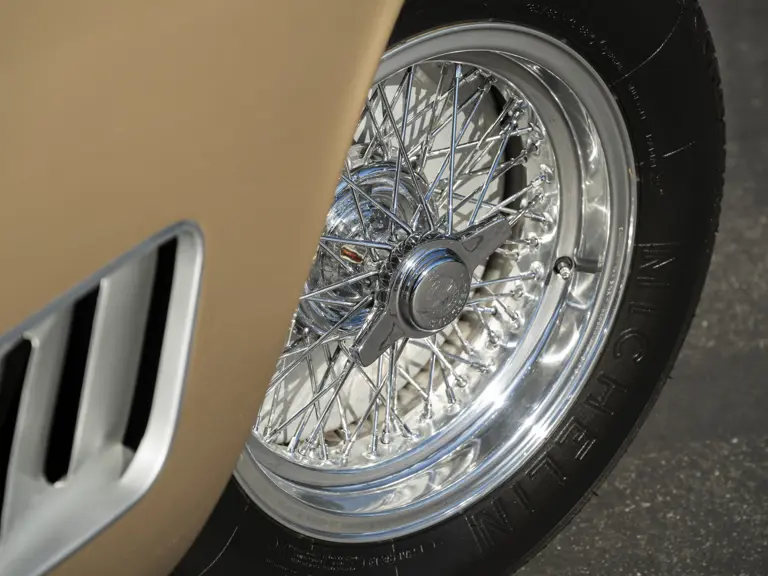
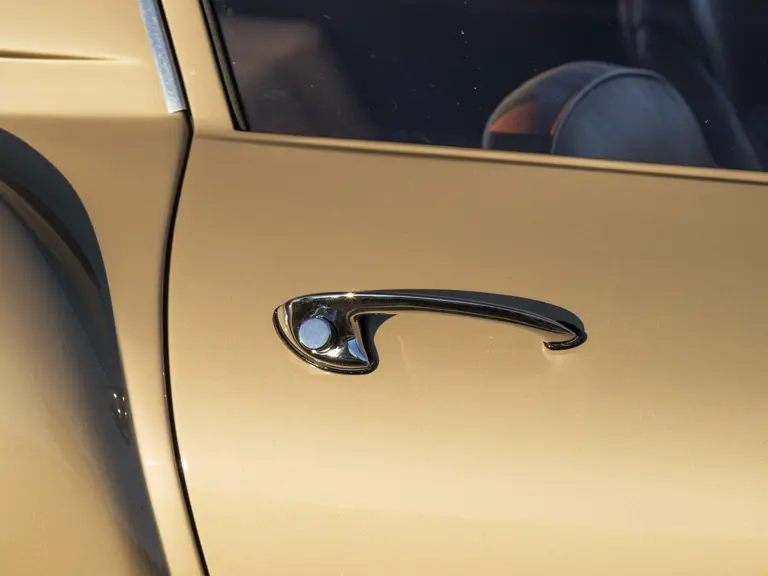
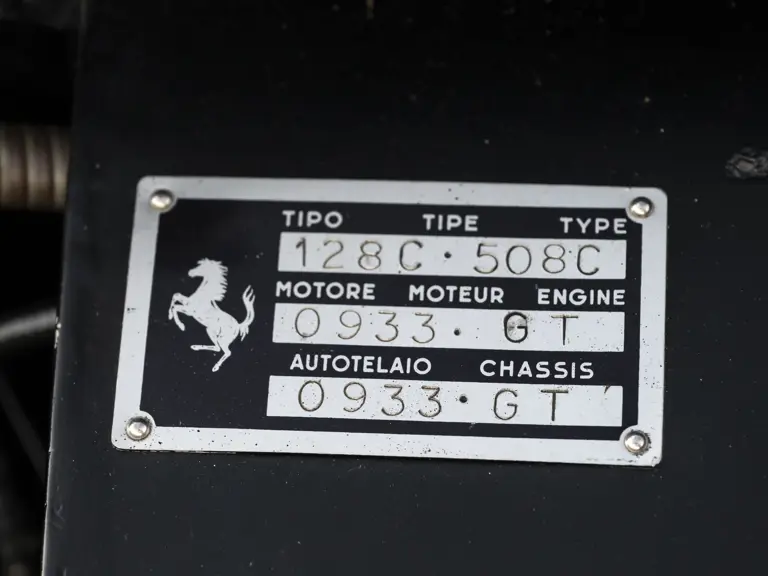
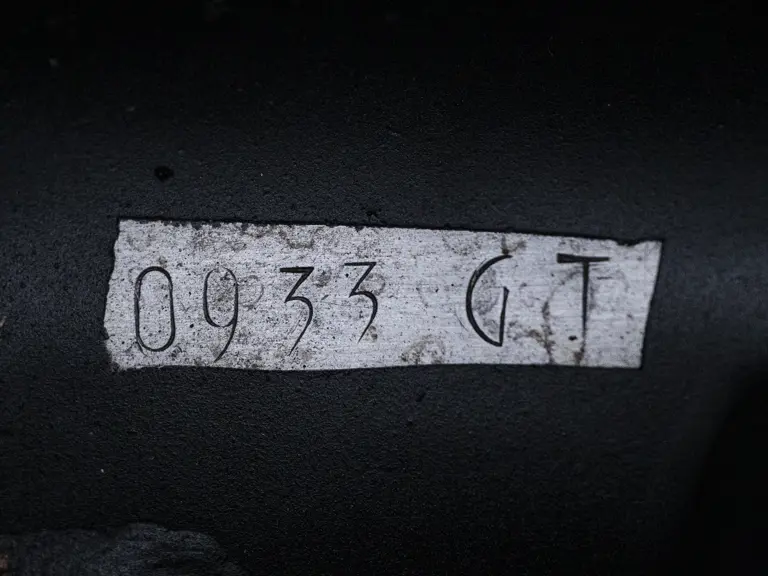
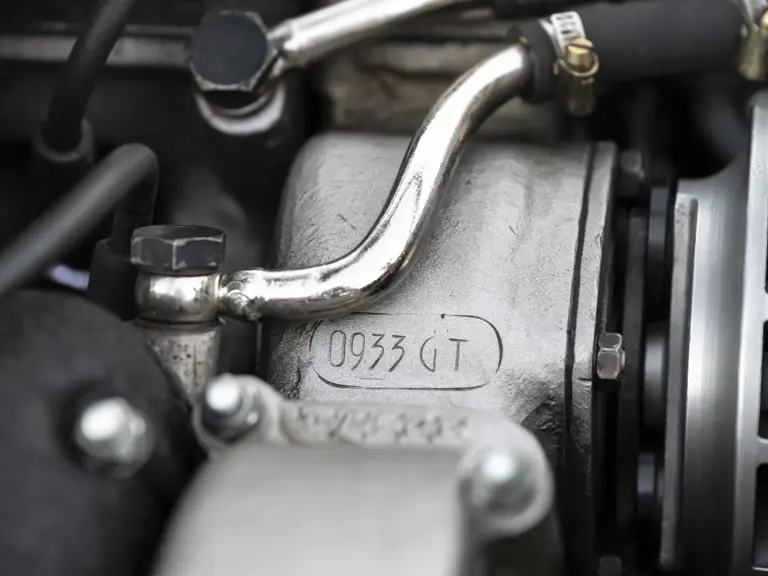
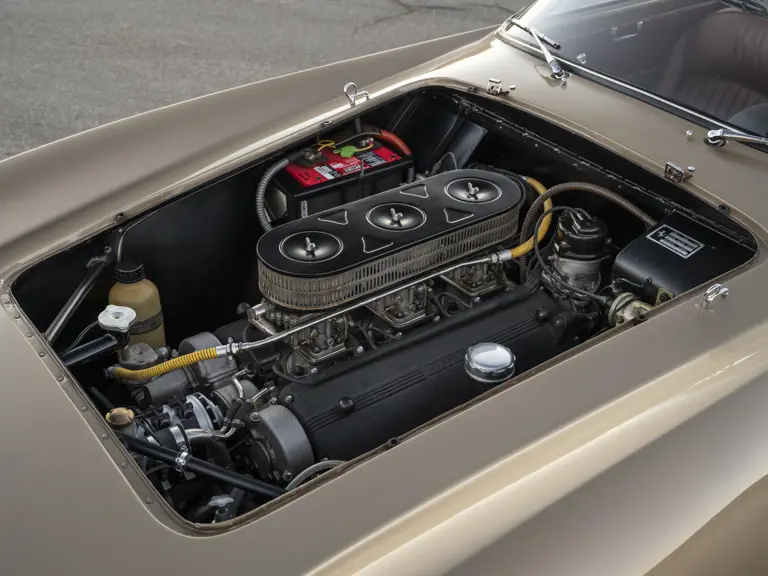
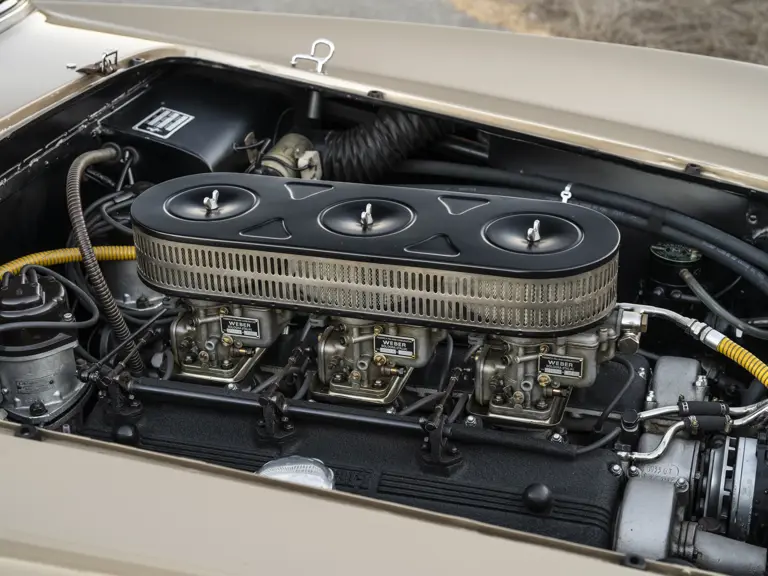
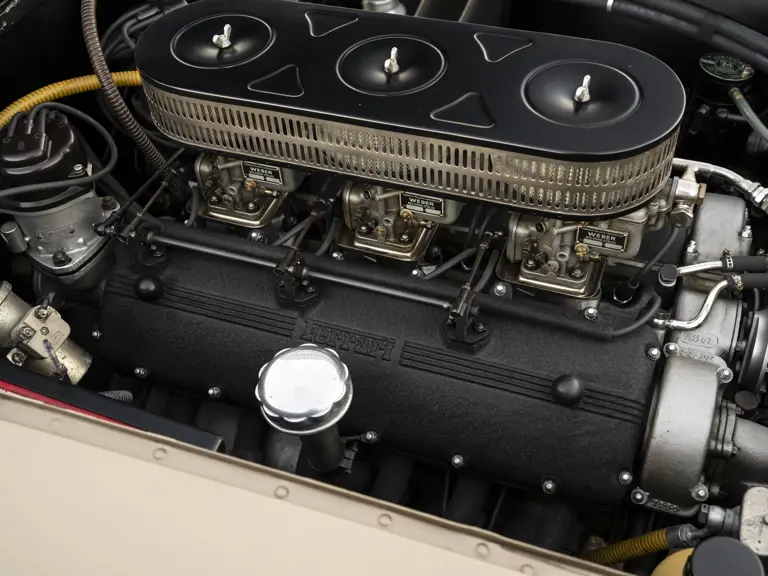
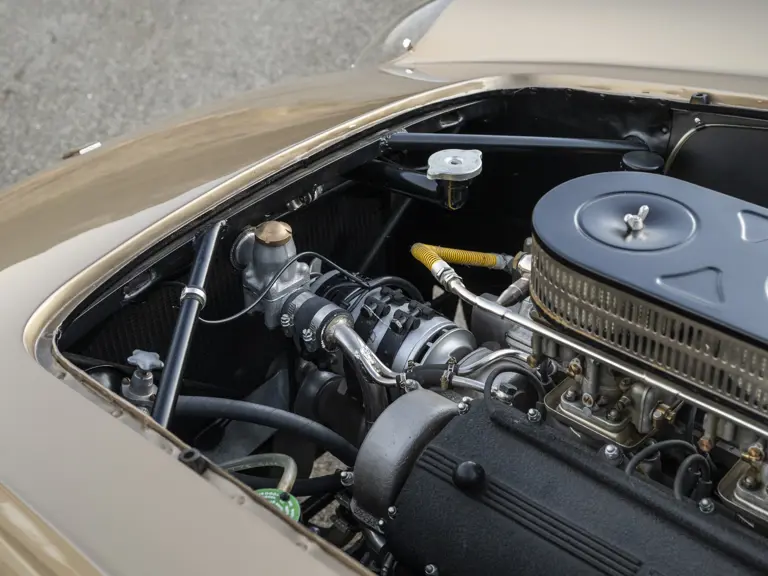
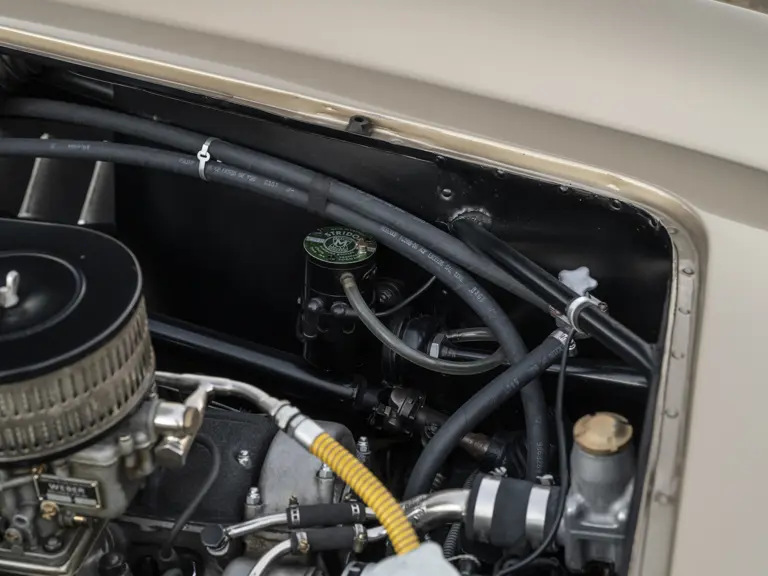
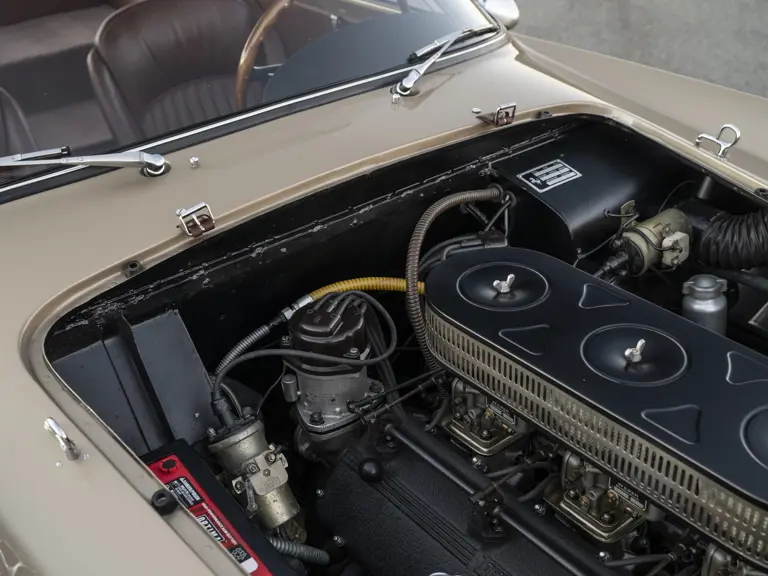
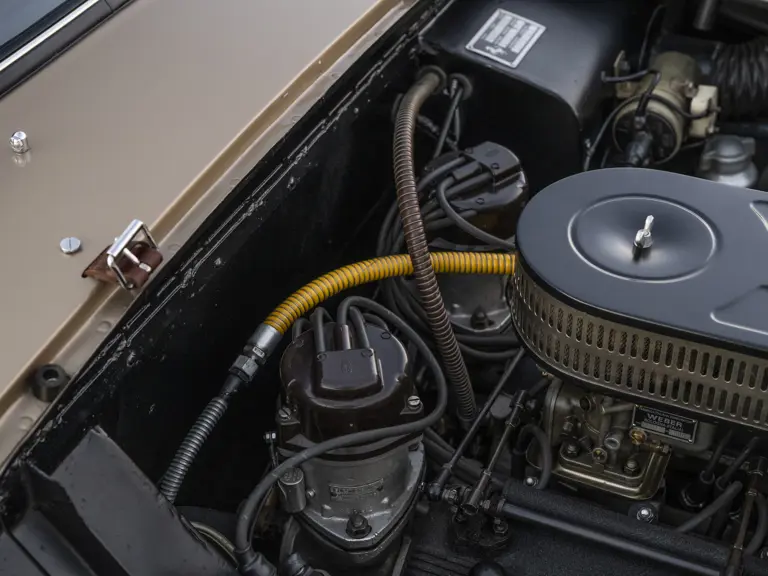
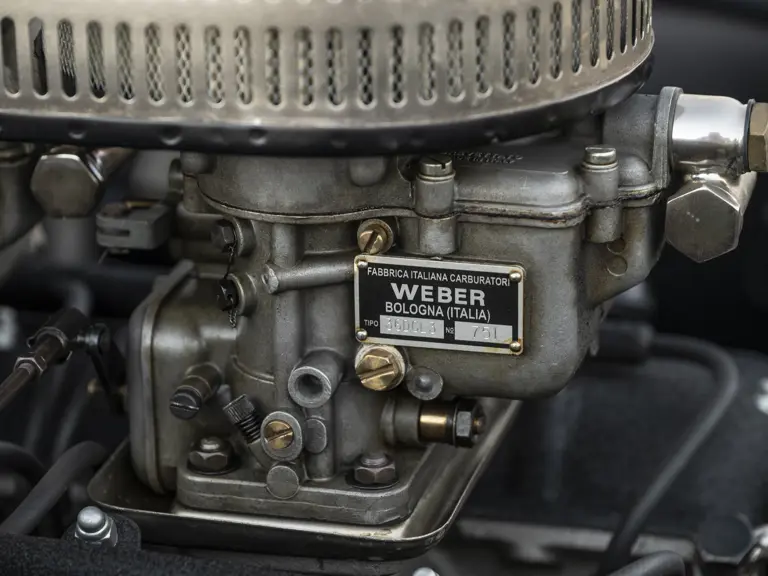
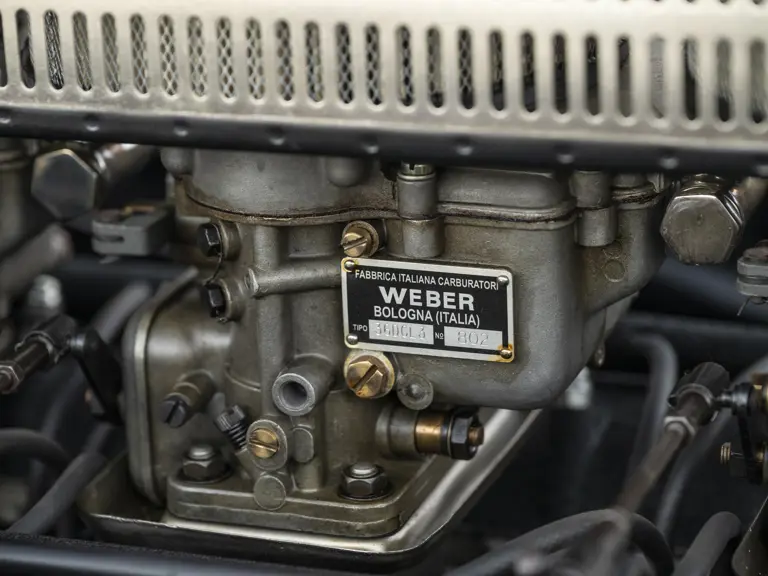
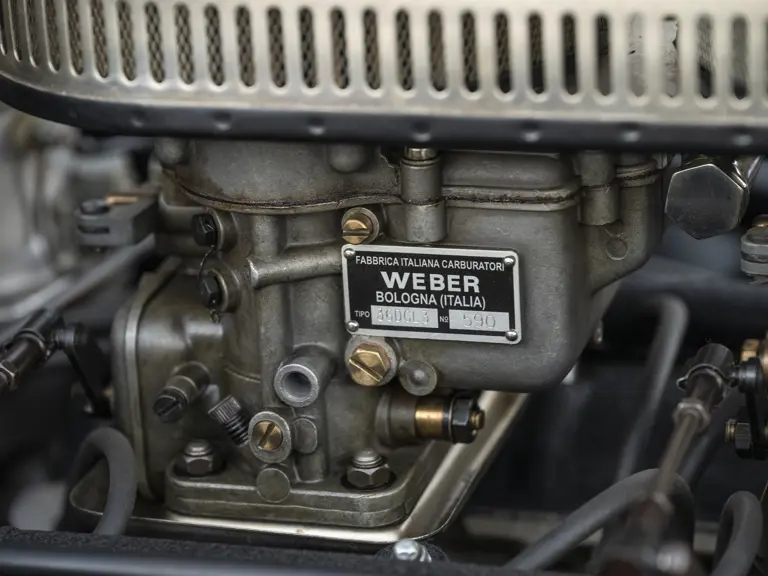
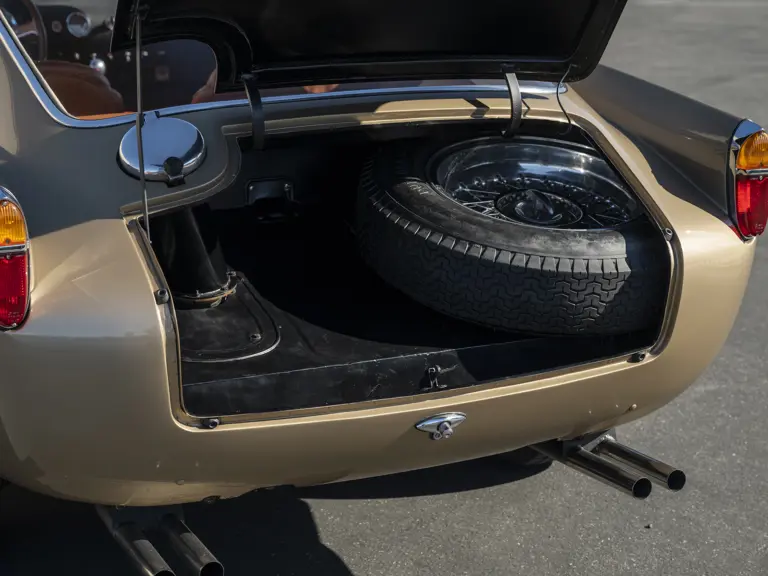
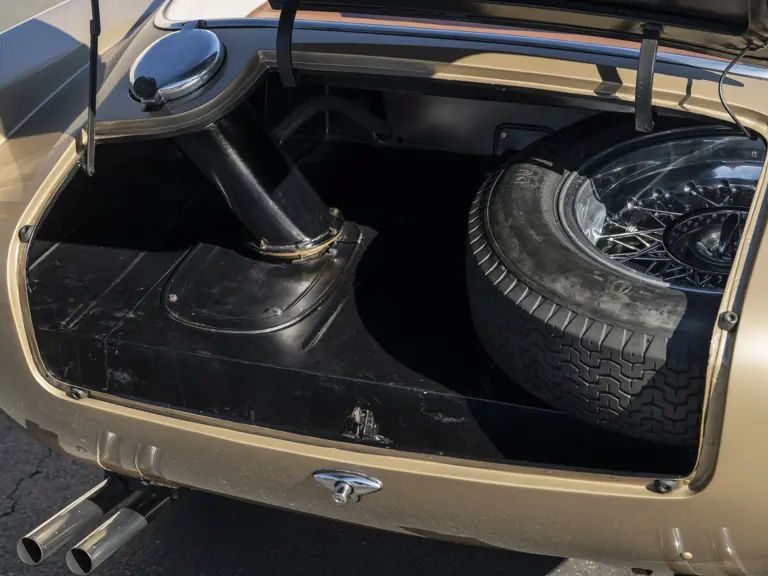
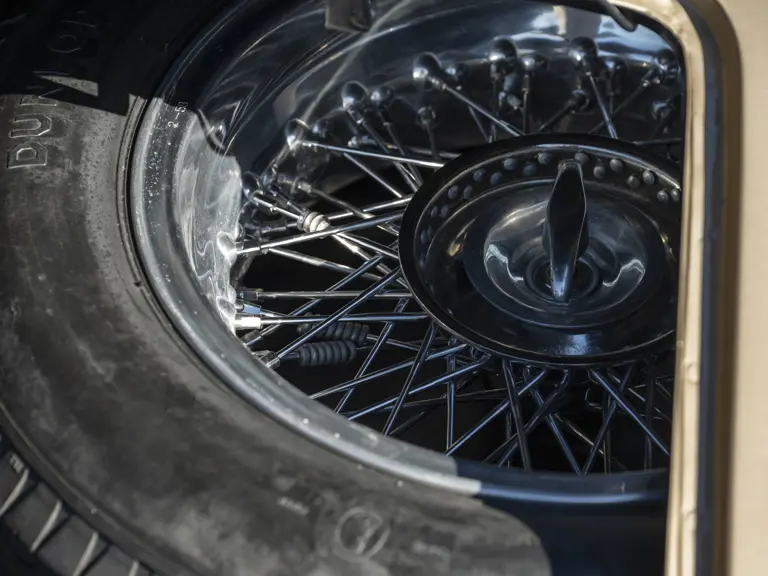
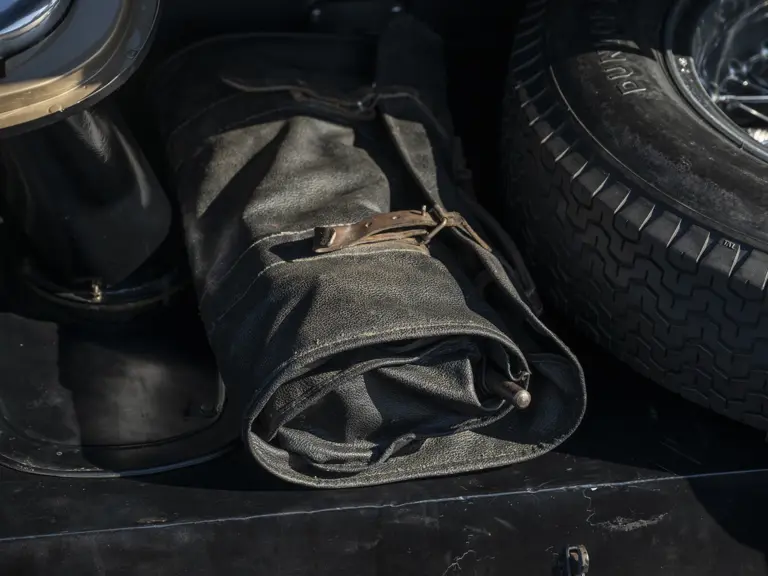
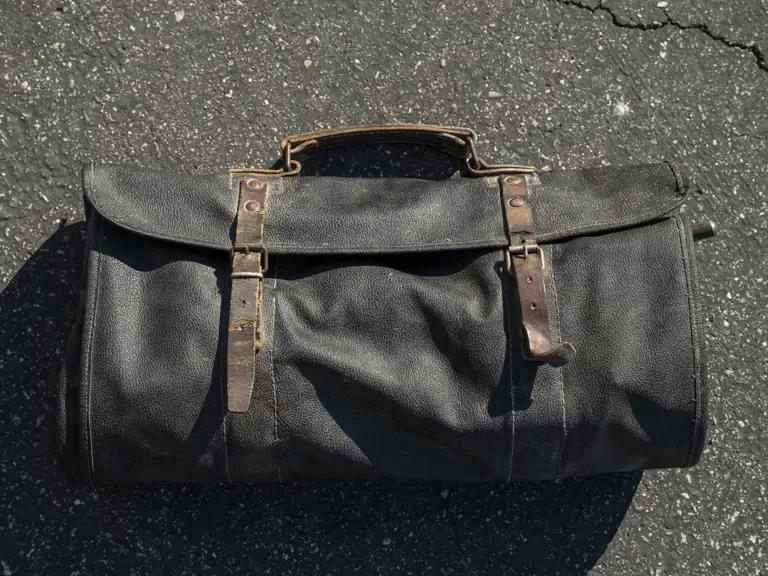
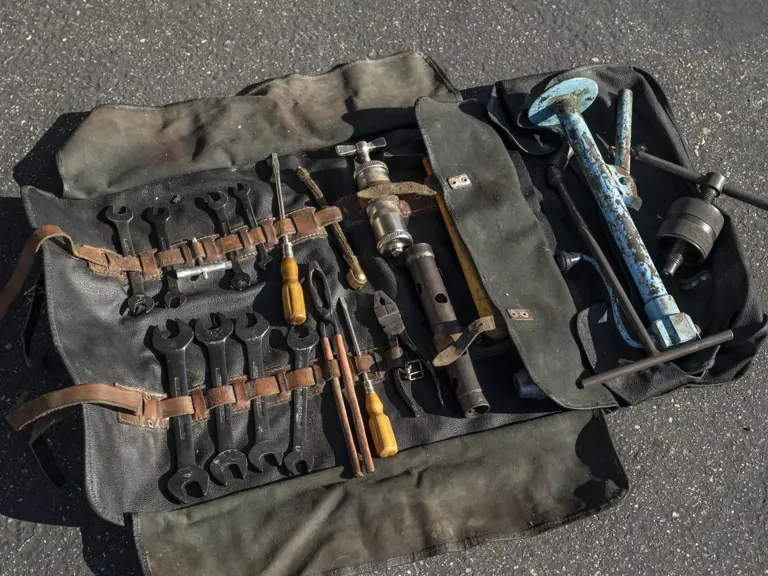
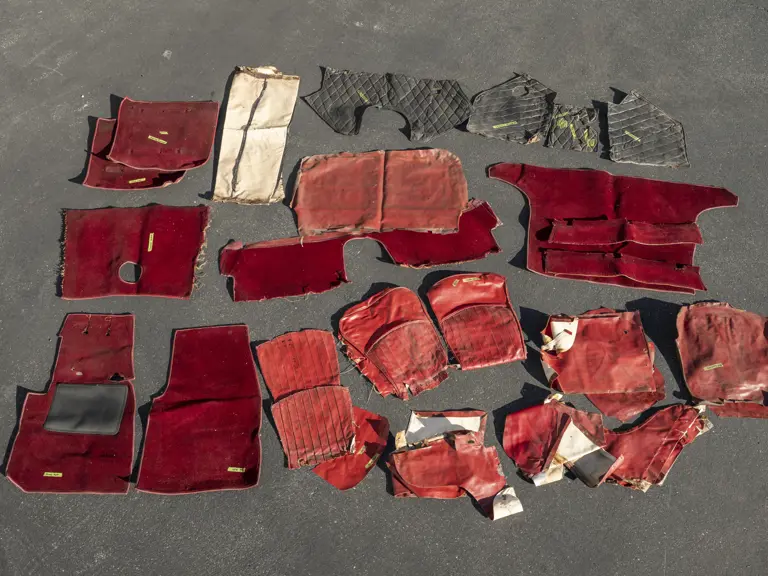
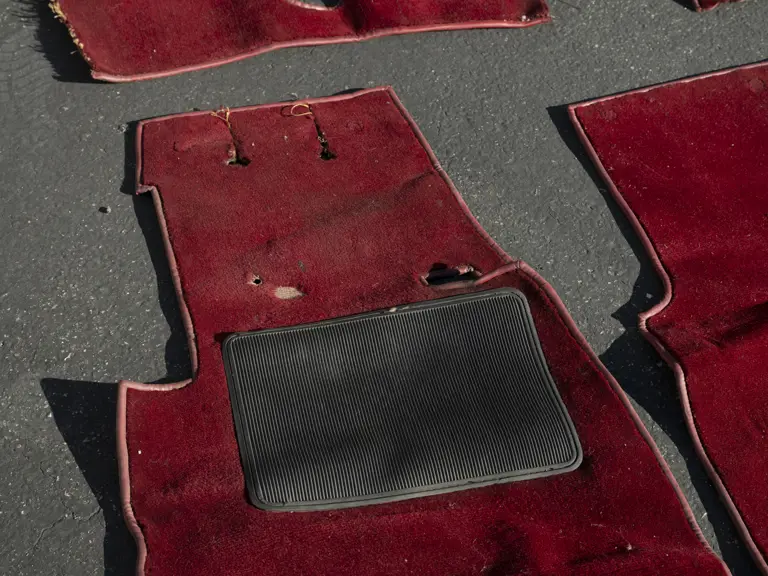
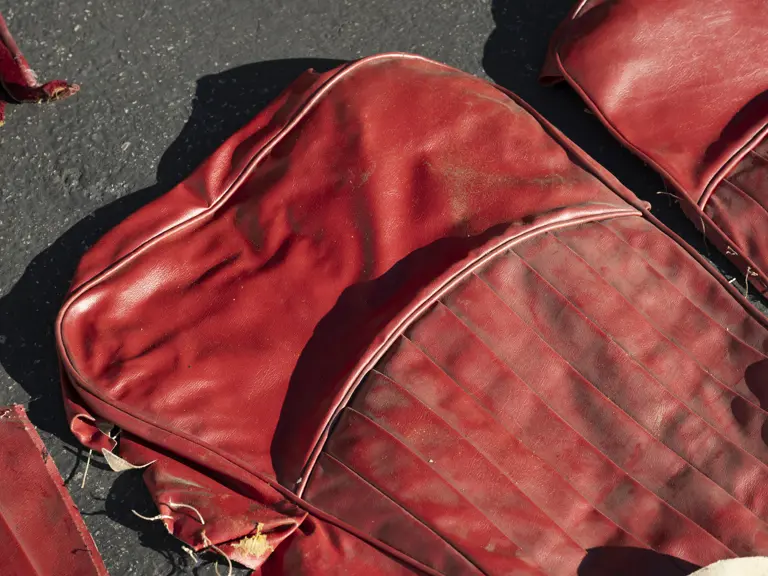
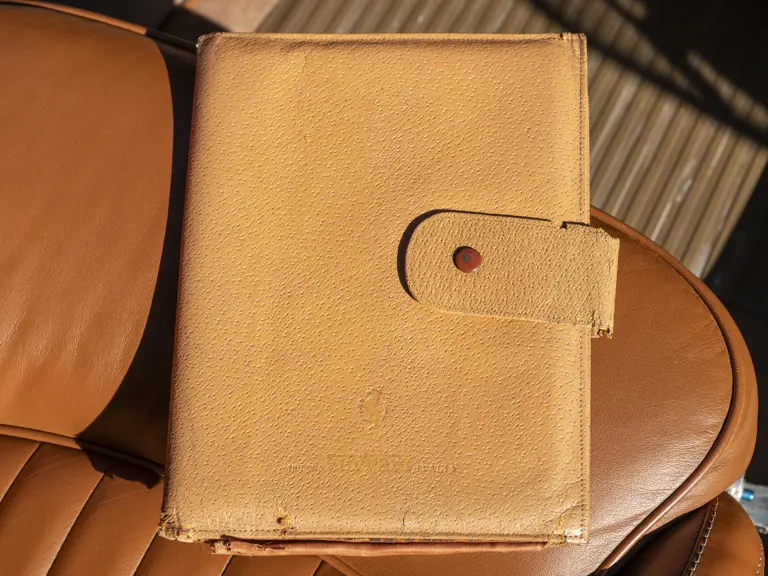
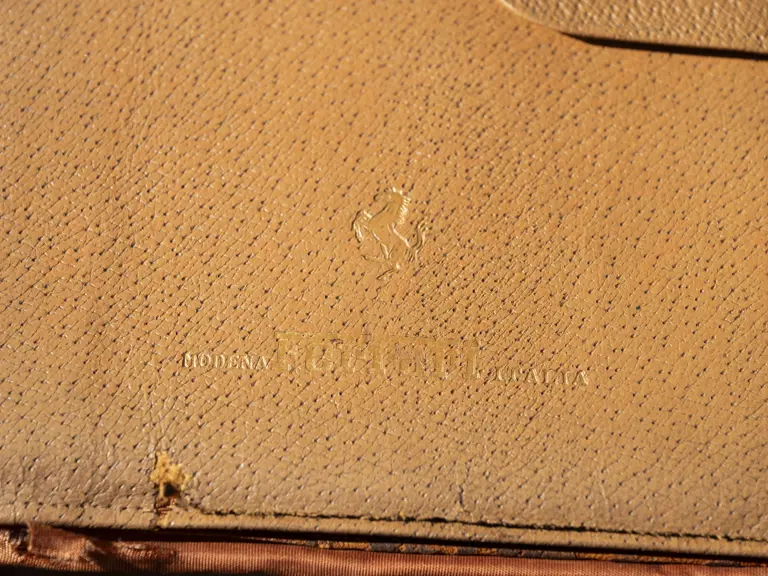
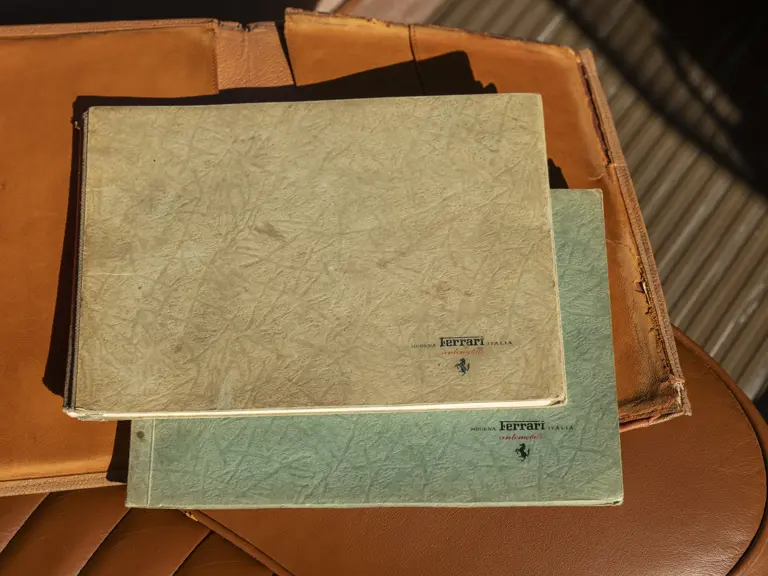
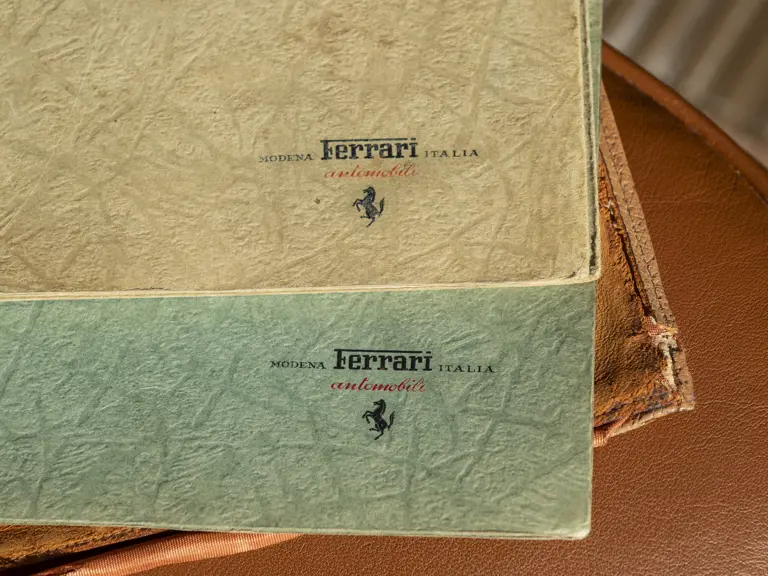
 | Phoenix, Arizona
| Phoenix, Arizona
